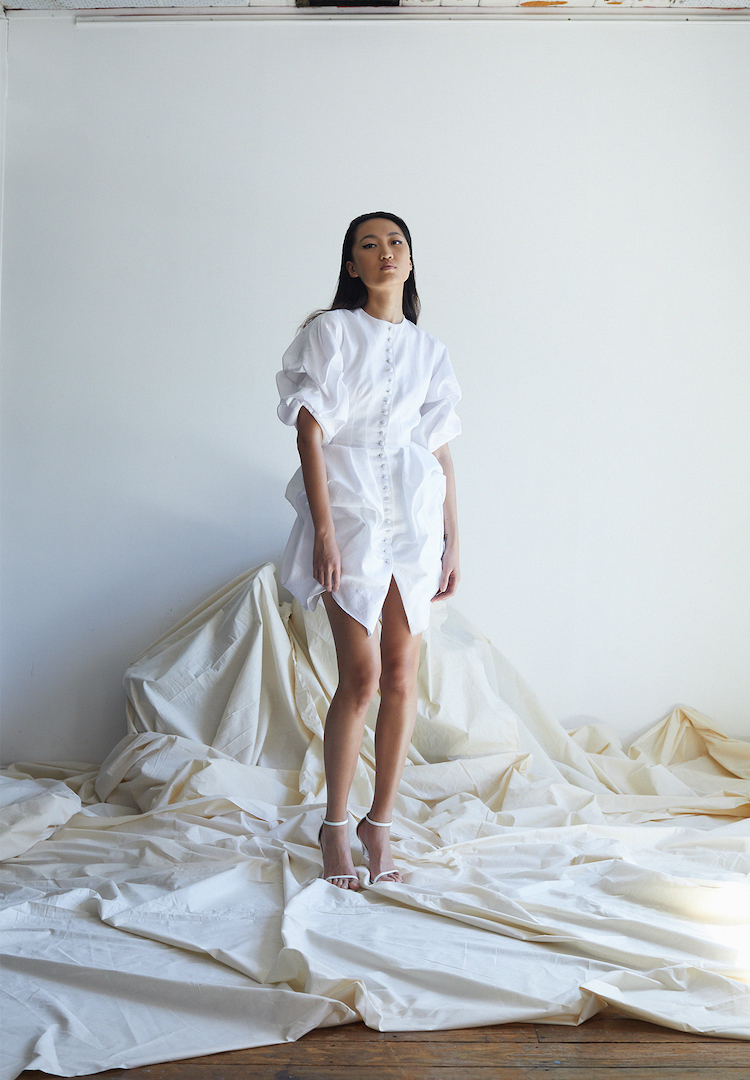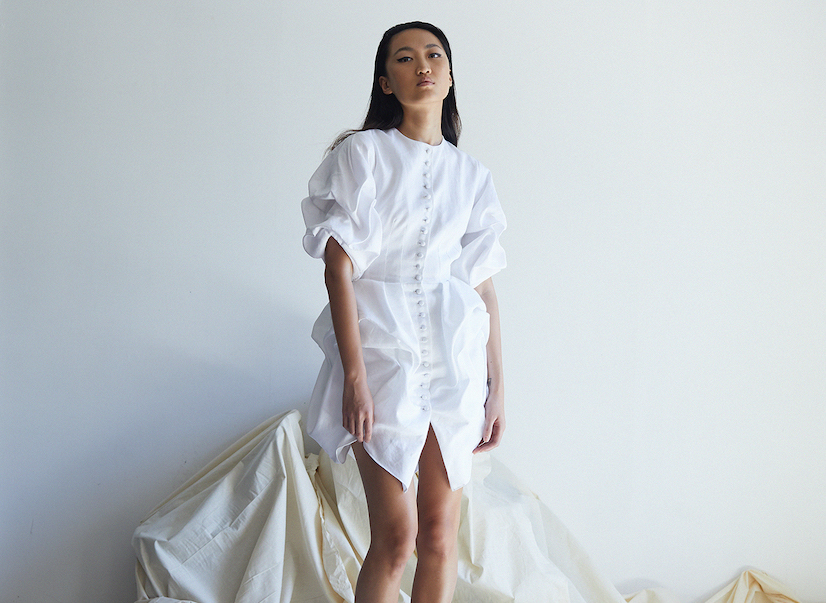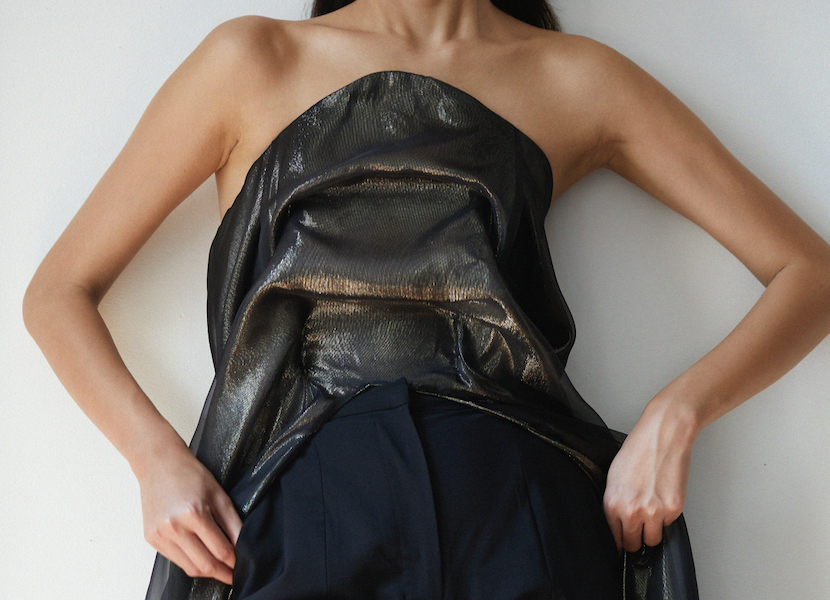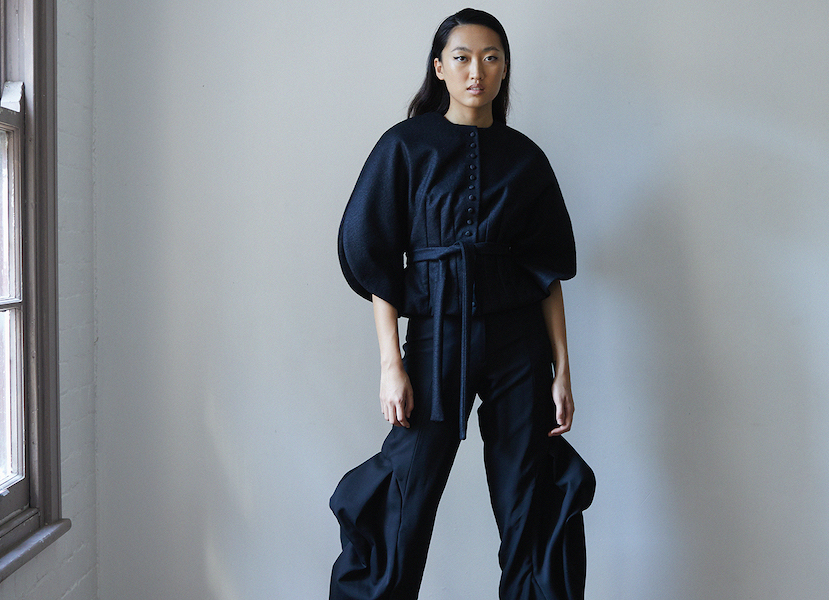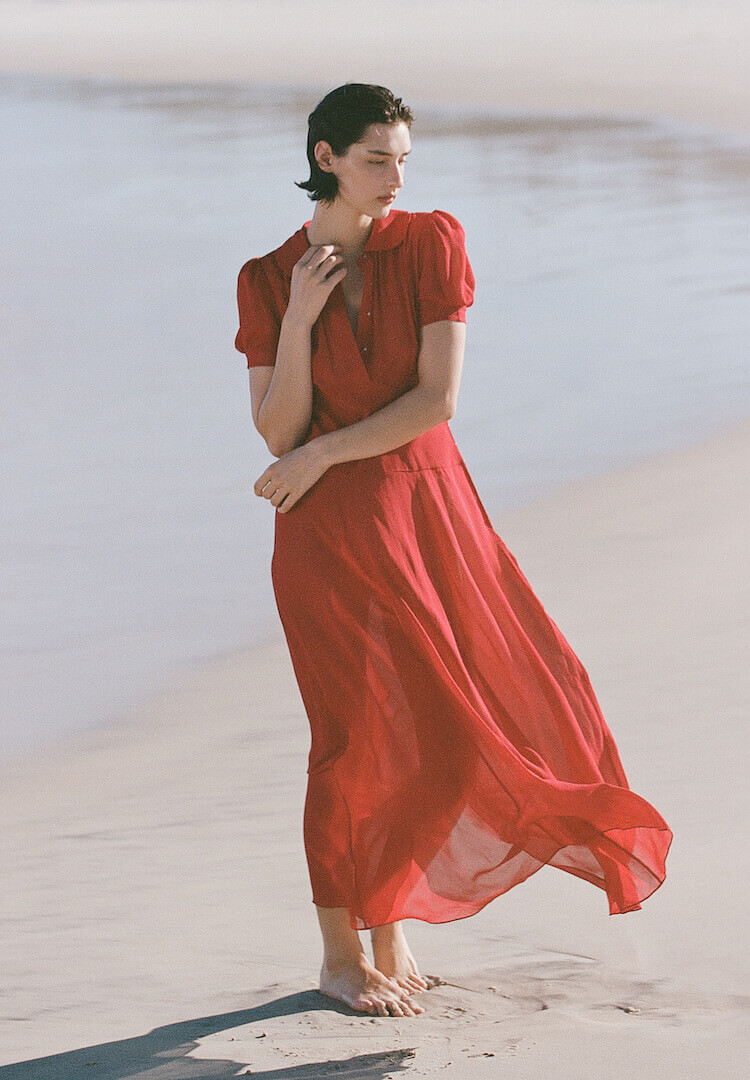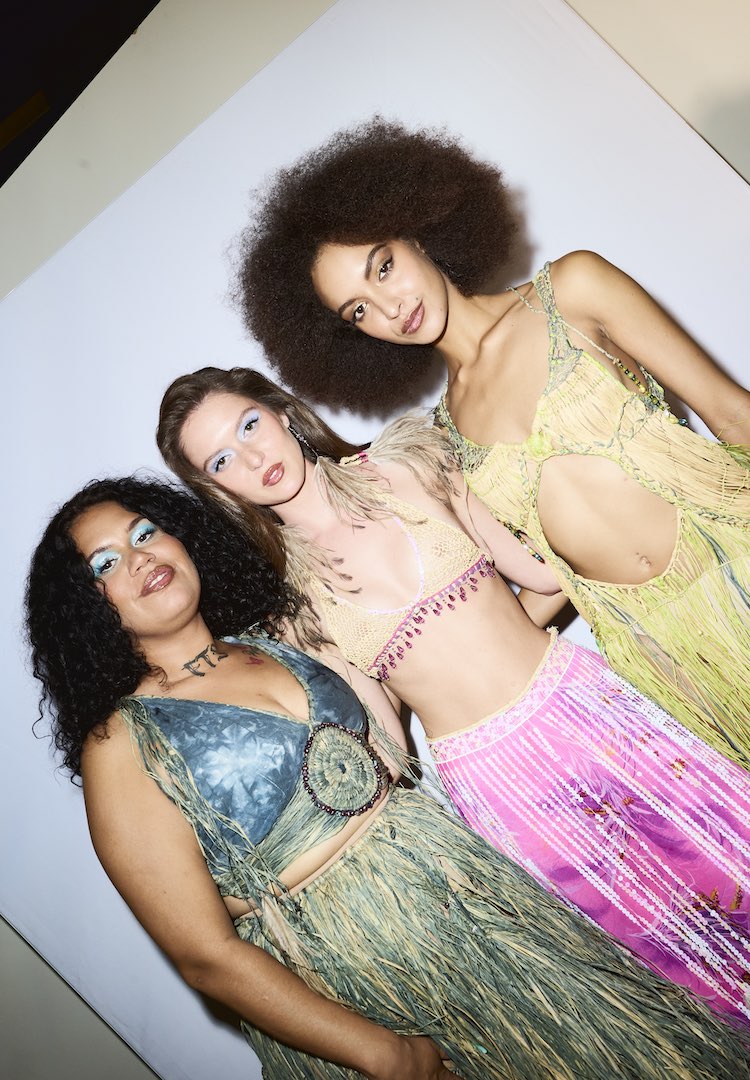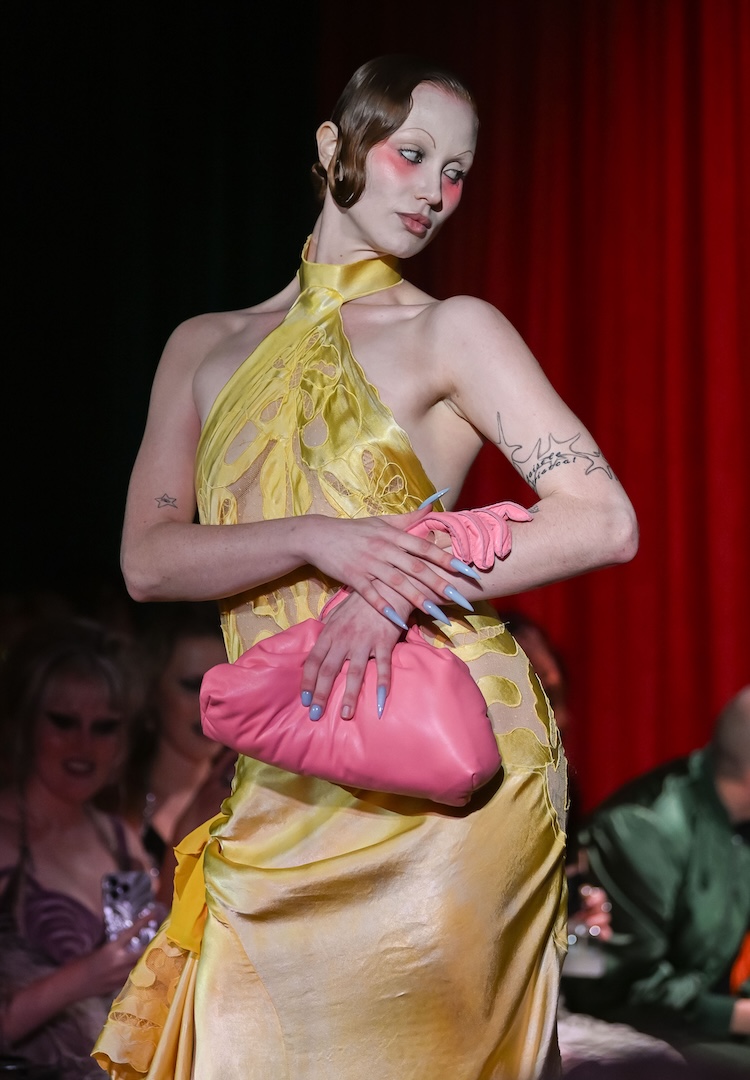Joash Teo’s graduate collection is an avant-casual representation of depression
WORDS BY EVE LOLLBACK
Bridging the gap between couture and ready-to-wear.
Joash Teo, also known under his creative namesake Joteo, is one of 10 fashion design graduates chosen for Melbourne Fashion festival’s National Graduate Showcase, which showcases leading fashion students from across the country.
Discovering his love of fashion at a young age, Joash draws inspiration from the natural geometry of the human body. Joash has since graduated with honours from QUT (Queensland University of Technology), and been named “QLD Fashion Design Graduate of the Year 2020” by the Design Institute of Australia. He’s also received further acclaim with exhibitions in Artisan Australia and a shortlisting for IMG’s Next Generation Prize.
Looking to procrastinate in a productive way? Subscribe here and we’ll send more great reads straight to your inbox.
For his graduate collection, Ephemera, Joash used unconventional 3D patternmaking techniques and a narrative design approach to explore his own mental health.
Please introduce yourself to our readers.
My name is Joash, and I am a recent graduate of the QT Bachelor of design with honours in fashion design. I was born in Singapore, but I moved to Australia around age eight. I’ve loved fashion ever since I was a kid. I remember when I was in high school, all I wanted to do was just sew and draw.
Tell us about your collection.
The key feature of Ephemera is the silhouette of the garments. My collection is very personal, it documents my journey with depression and my struggles in trying to communicate it. The fight I had was not being able to compress all of that inner darkness into a narrative where I could say to someone, “This is how I’m feeling”.
You can see that in the collection, there are these morphic structures that are very curved, almost semi-distorted silhouettes. I think that personifies the dance with struggle, it deforms you and alters you, but you try to anchor yourself and hold on to something you know. If you look through the collection to the final look, there is a progression towards more solidified forms. It’s a horrible thing, that you can’t be cured of depression. I think the key is learning how to manage it better each time.
Your collection sets out to defy the geometry of the natural human body through these distorted silhouettes, how did you achieve this?
The technique I used was called smocking. After some feedback and some thinking, I realized that what I was doing was not matching up with what I was trying to say. I sat down and thought, let’s try and give it some form. It was a case of experimenting and letting the natural flow, drape and shape of the gown inspire me. I was also looking towards other designers and artists I was researching for my thesis like Comme des Garçons and Issey Miyake. I even looked to Yayoi Kusama to see how she translates her trauma into her work and how I could incorporate the narrative of trauma into my work.
I gave each of the looks a name. If you look at one of the gowns, it’s a long black dress called The Stranger, and it helped me to enter that realm of dark emotions. It’s called The Stranger because it was my interpretation of the Grim Reaper. These narratives for each of the pieces helped me to get back in touch with the darkness but not let it stick with me.
View this post on Instagram
Tell us about the experience of putting together your graduate collection.
I loved it. Just the camaraderie of it all, because when you’re graduating, you’re all in the same pool. We would all stay up late at night talking about all that we would do afterwards and how we’re going with the collections. It helped me to find out who I wanted to be as a designer. I know that seems so arrogant, especially considering I’m only now just officially entering the industry, but people say that when they did their collections, they didn’t know who they were. It’s so common with fashion graduates to always want to change something. I don’t want to change anything. I want to build on this. There are parts of me I haven’t met yet and God help me when I do, but I feel like I know a good base of myself and this collection is a wonderful little time capsule of that.
What part does sustainability play in your design practice?
Sustainability is something I am still finding a relationship with. I come from the world of couture and high-end dressmaking where sustainability is, unfortunately, not a key factor. I think as the world turns on, it’s the responsibility and duty of everyone to employ a sustainable practice. I haven’t found a golden way to do it yet, but I try to reduce waste where I can. A lot of the base shape of the collection are squares or cubic forms, so not curved lines that take a lot of fabric. I do also try to commit to using more natural fabrics like linens, cotton, wools, silks, and anything that is ethically sourced.
What’s next for you?
It feels like six different versions of me could answer this question, but I want to keep being a designer. I do want to try and start my own house. I want to make a proper jump at establishing my brand. I am developing a collection and trying to see which route to take. To be a-ready-to-wear designer or couture, or is there a relationship between the two?
Find more of Joash’s work here


